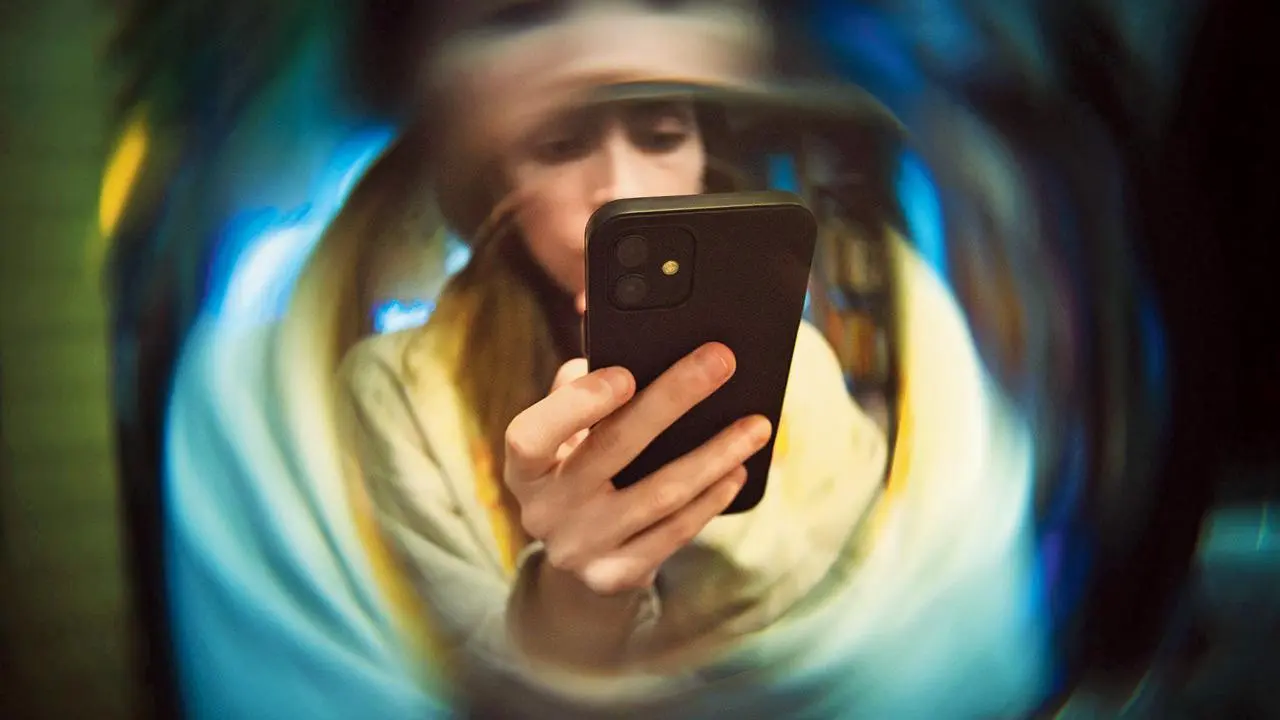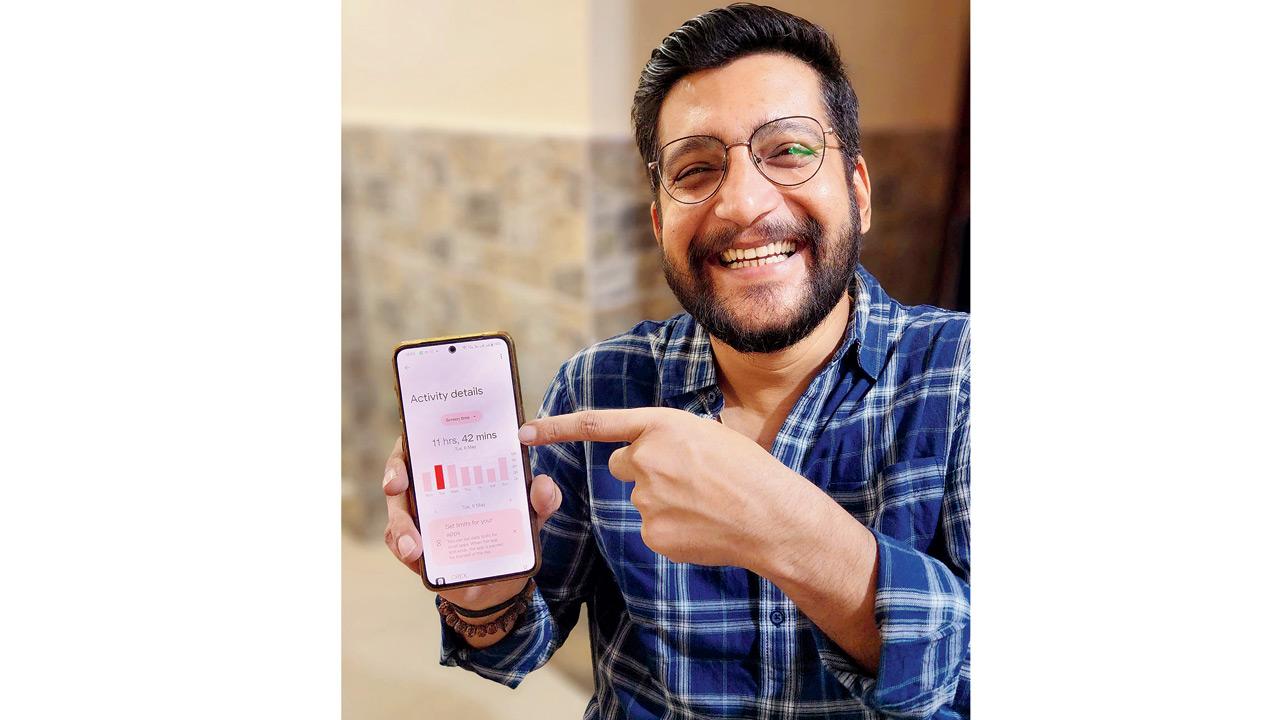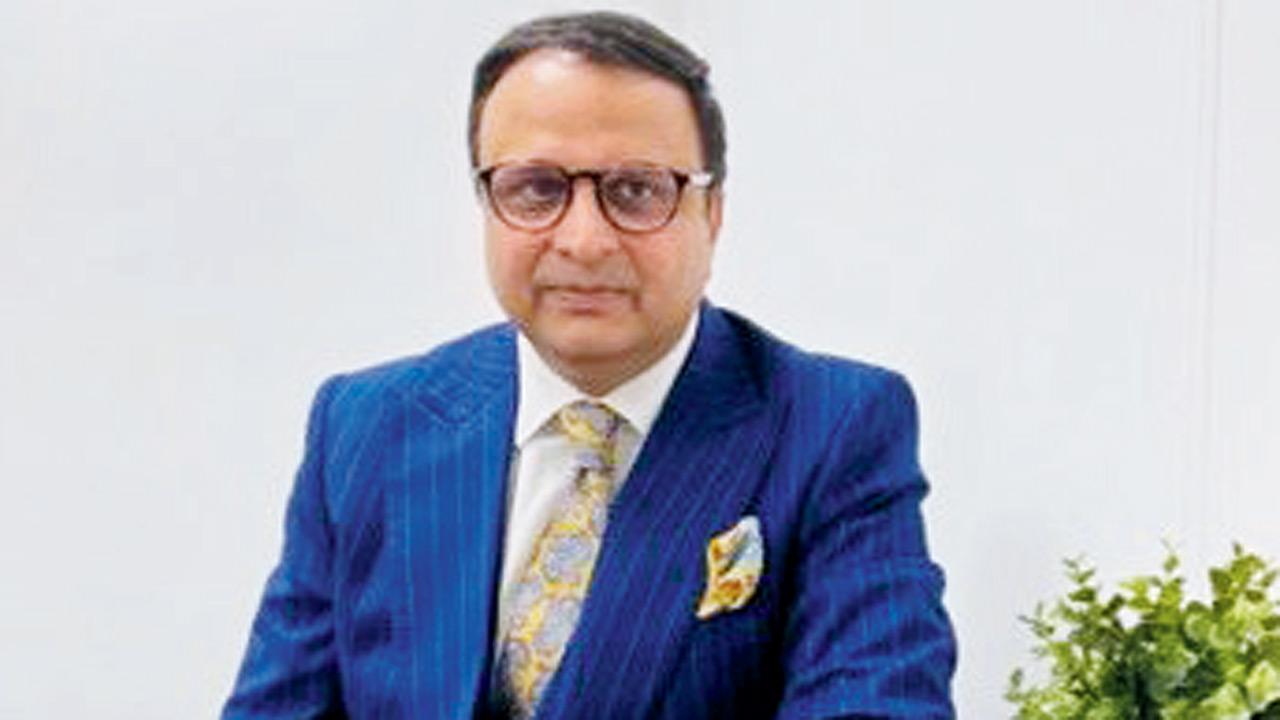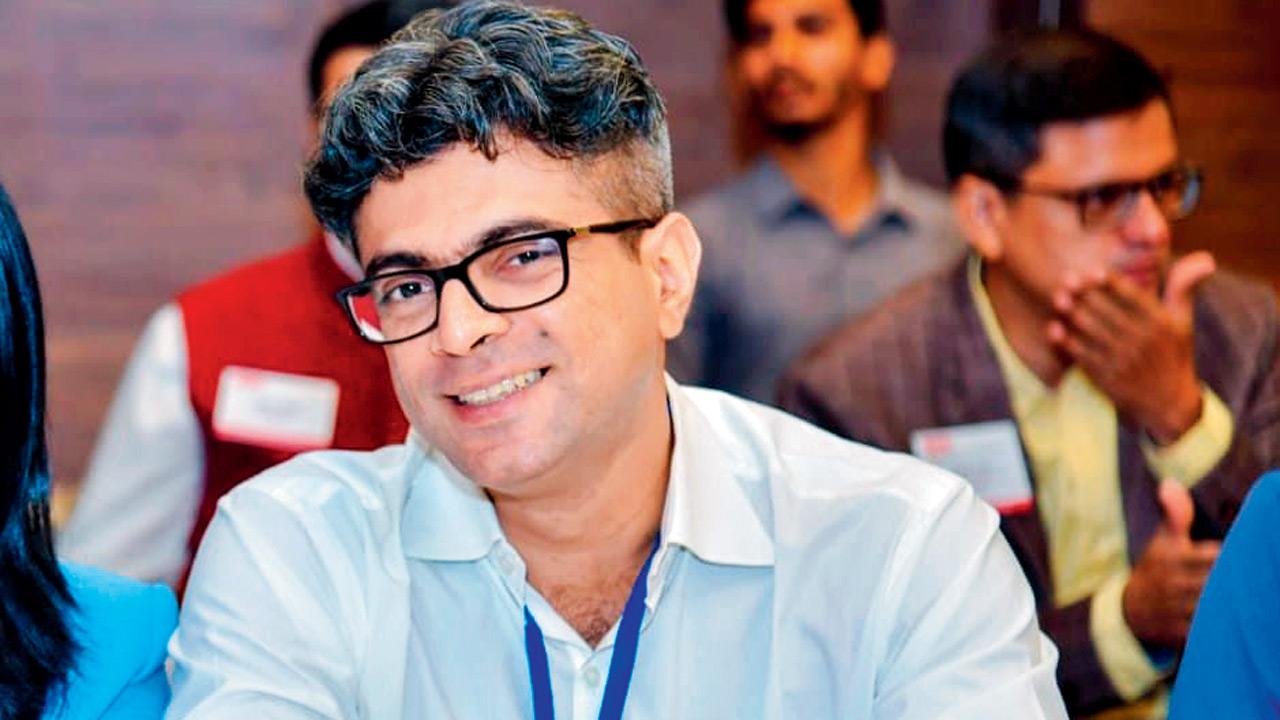The ceasefire notwithstanding, the border escalation has plummeted the masses into a relentless cycle of doomscrolling. In these uncertain times, why and how can you protect yourself from your screen?

Doomscrolling can be the response of an overworked nervous system to collective helplessness, and is most evident during times of conflict and difficult collective experiences. Representation pics/istock
It was well past midnight when Virar-based 37-year-old businessman Chirag Chauhan shook his wife Neha awake. “We had just gone to bed after a tumultuous Saturday, although I kept checking my phone for updates. The official handles on X were all quiet, which I found very strange. I was quite convinced that something sinister was afoot,” he reminisces. His concerns about being the latest victim of the incessant news cycle (or social media algorithm) were further substantiated when he checked his phone’s digital wellbeing feature.

Chirag Chauhan
“While, on an average day, my screen time is about three-four hours, this figure has now gone up to 12 hours! I was shocked to find how hopelessly addicted I’d become to my phone,” he adds. And although Chauhan may have caught on to his doomscrolling, many others like him continue to continually hit refresh on their apps, eager to devour every bit of information that comes their way. A phenomenon that rose to prominence during the pandemic, doomscrolling continues to be one of the primary ways that many people deal with stress and the fear of the unknown.
Decode the currency of information
“While doomscrolling is often described as the cycle of refreshing endlessly, scrolling compulsively and staying tethered to every alert, update and speculation, it is not just a digital habit; it is a nervous system response to collective uncertainty, grief and helplessness,” notes psychologist Namrata Jain. She further explains that doomscrolling is our attempt to create predictability in a world that feels unstable. As human beings, our brain seeks information to feel safe, as a survival instinct. But when the exposure is constant, overwhelming and devoid of resolution, this instinct becomes dysregulating.

Namrata Jain
Interestingly, this behaviour does not only impact those directly affected by the conflict. Jain points out that people across the nations are experiencing vicarious trauma or the emotional residue of bearing witness to the suffering of others. Through endless digital exposure, feels of fear, anger and grief are internalised, often subconsciously. “What many of us don’t realise is that doomscrolling has now become a performative form of empathy. There’s a growing and understandable guilt around switching off.
Many people feel that disengaging from the news is equivalent to disengaging from suffering. This guilt-traps people in a cycle of overexposure — staying informed to prove that they care. It is compassion that converts into self-flagellation,” she says. The third layer, as Jain describes it, is emotional displacement. For people already living with unaddressed anxiety, helplessness or emotional distress, war coverage becomes an outlet to project and channel those feelings. It gives form to an otherwise invisible inner turmoil, offering a clear narrative of: ‘This is why I feel unsafe.’
The price of screen addiction
Post-Operation Sindoor, my social media habits have transformed dramatically. I’m constantly hooked to my phone, eager for updates. This has had an impact on my physical and mental health. I find it hard to fall and stay asleep. My deep-seated fears combine with overthinking to make me restless. More recently, the alternating ceasefire proclamations followed by attacks create and magnify my sense of distrust,” shares 31-year-old Soumita Saha, a singer-songwriter. Chauhan echoes her concerns, also sharing that the presence of fake news further adds to the frustration. “By the time the news has been verified, the damage has been done. We’re left wondering what to do… Do we do anything at all? What’s going to happen? What is even true?” he laments.

Soumita Saha
Rakesh Raghuvanshi, CEO and founder of Sekel Tech, observes, “Economic incentives drive the fake news ecosystem. Content creators earn revenue through clicks, views, and engagement metrics on major platforms, regardless of accuracy. During crises such as military tensions, audience attention spikes dramatically while critical thinking often diminishes due to heightened emotions. The information vacuum during developing situations creates opportunities for speculation and fabrication to fill gaps faster than verified reporting can. Algorithm-driven platforms reward sensational content that generates strong reactions, not necessarily truthful content. Low barriers to entry in digital publishing mean anyone can create convincing-looking ‘news’ without journalistic standards or accountability.”

Rakesh Raghuvanshi
“Over the last few days, I’ve come to realise that even the sources we believed were trustworthy are falling prey to fake news. Now, from a customer’s point of view, we can spend several hours believing what these sources say, only to be dismayed when the news is proved false. To safeguard against this, I advocate what I call a Zero-Trust Policy, a concept that’s borrowed from cybersecurity best practices. Just as you wouldn’t trust a QR code or message implicitly, don’t take any news at face value. Remember that your social media algorithms only push more of what you are already viewing, while taking zero responsibility for the veracity of the content,” warns Gautam S Mengle, security awareness strategist at CyberFrat, a firm that specialises in cybersecurity awareness, education and advisory.

Gautam Mengle
He also warns that the consumption of fake news does not just affect your sanity or peace of mind; it also influences your decisions or your actual actions that could include being drawn into fraudulently seeking funds in the name of relief to families of the martyrs or towards the upgradation of the armed forces. “It is a very real outcome and one that can only be addressed by changing your consumption patterns at the source,” Mengle signs off.
Find your calm
Disrupted sleep, chronic worry, irritability and even physical symptoms such as headaches or gut issues can result from screen exposure or media saturation. Jain suggests a few strategies to cope with doomscrolling:
1 Choose one-two reliable sources. Check updates at a fixed time (e.g., 10 am and 6 pm). Avoid news before bed.

2 Set locks or use apps that lock applications that you are addicted to or doomscroll on.
3 Disable breaking news alerts, instead opt for intentional checking rather than reactive scrolling.
4 After news exposure, intentionally engage in a grounding activity — deep breathing, stretching, sipping a warm drink or stepping outside for five minutes.
5 Mute accounts that sensationalise. Prioritise fact-based, calm reporting.
6 Remind yourself that staying online 24/7 does not change the outcome. But attending to your well-being allows you to show up in more sustainable, meaningful ways for yourself and for others.
7 Talk about it: Process it with someone you trust or a therapist to reduce its hold on your attention.
8 Use breathwork, cold water on your wrists or hands, or use the 5-4-3-2-1 technique (name 5 things you see, 4 you feel, 3 you hear, 2 you smell and 1 you taste)
To calm your urges
1. Delay the impulse: Tell yourself, “I’ll check in 15 minutes”. Often you will notice that the urge passes.
2. Substitute behaviour: Keep a book, activity or playlist handy to redirect the habit.
3. Remind yourself: “My grief is valid, but my survival does not depend on my vigilance.”
 Subscribe today by clicking the link and stay updated with the latest news!" Click here!
Subscribe today by clicking the link and stay updated with the latest news!" Click here!










